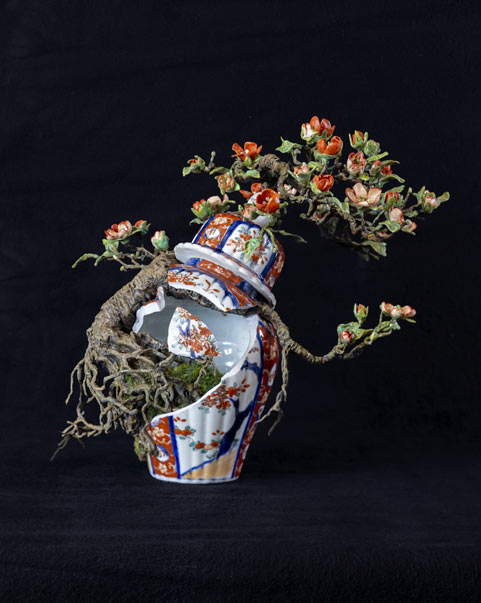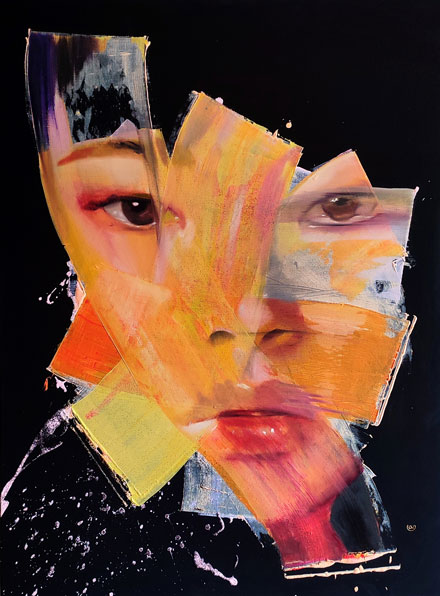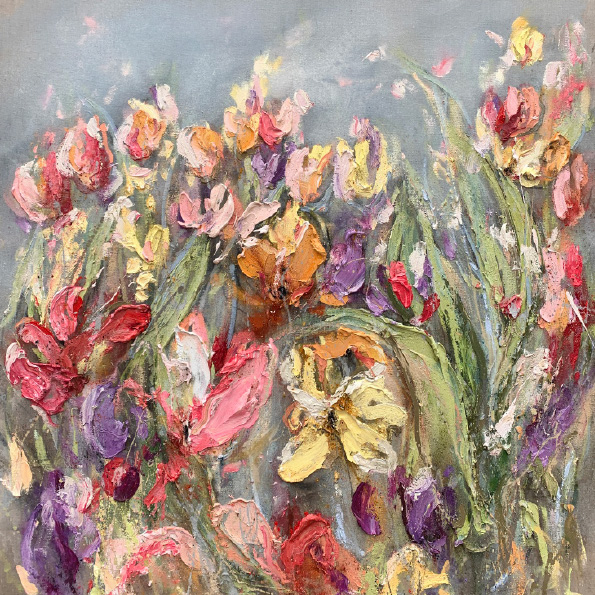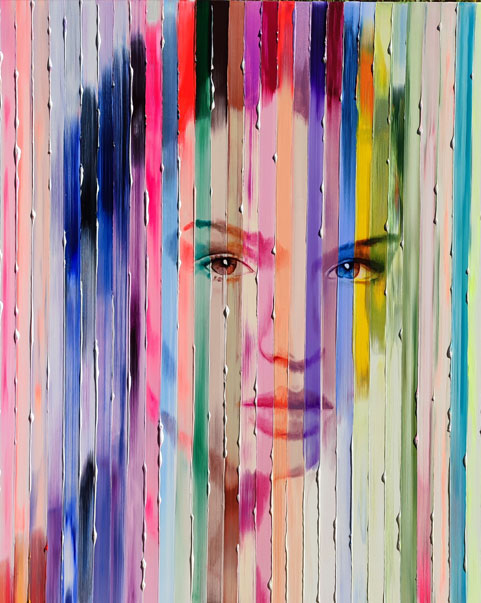Interview in the AD: Kim van Oirschot about the online art world

Buy art? Artists can be found online more and more
Research by art platform Artsy shows that 25 percent of art purchases now take place online. The Next Gen Collector shows very different behavior than the classic art buyer. For example, purchases are often made directly from the artist rather than from the gallery. What are the financial benefits for the artist? And is this the end of the galleries?
According to the Art Collecting 2021 research, the new group of art buyers is orienting themselves on social media, which is why they make new discoveries. They don’t necessarily buy – rather not even – established names, but enjoy sponsoring upcoming artists. Work by established artists such as Andy Warhol and Roy Lichtenstein is shunned.
In addition, it is striking that a lot of people prefer to buy by telephone. And the new buyers find the possibility to pay by credit card a must, as well as the visibility of clear prices on websites.

Much more clarity
Kim van Oirschot, owner of the Royals & Rebels gallery, part of Van Loon Galleries in Vught, confirms these changes: “Online has become indispensable, not even in art. The art industry has traditionally been quite dusty, classic and difficult to get moving. And now a new generation of artists has arisen who can make themselves great by means of the internet and who have an enormous reach.”
“Next Gen”
Artist Wendy Buiter is such a Next Gen artist. She sells her paintings, which are somewhere between portrait and fashion illustration, mainly online, through her own website. Prices of her works vary between 300 and 8500 euros. De Buiter sells about 80 percent of her work directly to the buyer via her website, and that doesn’t hurt her: “You don’t pay anything to hang in a gallery, but if it’s sold there, I only earn 50 percent of it. the proceeds. It is therefore much more interesting for an artist to sell himself. A gallery also usually thinks locally, while I sell my works online with the same ease in Germany or America.”
Future for the gallery
How can a gallery survive this trend? Van Oirschot thinks it is especially important to keep pace: “I think that as a gallery you shouldn’t be afraid, because you don’t stop developments. You have to show your added value. I also don’t have to sell less because an artist sells his or her own work. The selling price remains the same for the buyer, whether you buy it online or from me. I am very happy when artists are able to market themselves well. If they can make themselves big online, that’s also better for my sales and the prices of the work go up. So it can actually reinforce each other.”
Buiter also sees the added value of galleries and is happy that her work is on display: “Most of the people who buy my work online also want to see it in person. This is possible with me, during my open studio days or at the galleries where my work hangs. They also organize art fairs again, where I as an artist cannot exhibit myself, so they provide exposure. A gallery is an extra channel and hanging in a gallery is also a kind of confirmation. An extra piece of assurance for the buyer that your work is good. It’s a ping pong effect: you don’t do it alone. In addition, customers pay in one go with me, while at a gallery they can pay in parts via an art purchase arrangement.”
But are most artists unintentionally or unintentionally anti-commercial? Is entrepreneurship really for the majority?
Buiter: “I see it as a choice to draw attention to something that you have made. In the past, there were also artists who thought commercially, such as Rembrandt and Da Vinci. I would like to see more artists dare to profile themselves as entrepreneurs. I think it’s also the stigmas you get at an art academy: that it’s only important that you make work. But you also have to be able to live.”

The nice thing about the shift to an online art market, according to both ladies, is that it brings a whole new generation of art lovers.
Van Oirschot: “Many new buyers no longer have time for classic browsing through galleries, but they do want something beautiful on the wall. And because they orient themselves online beforehand, they are better informed and they really know what they want. Making art more accessible to a wider audience is exactly why I got into this industry. Art is an emotional purchase that can bring a lot of pleasure into your life.”
Buiter: “Recently there was a girl of fifteen who had saved up to buy one of my works for 300 euros. Her parents stood by and said, “But we didn’t raise her with art at all!” That’s great. The internet and social media are producing a whole new generation of art lovers. I love it.”








